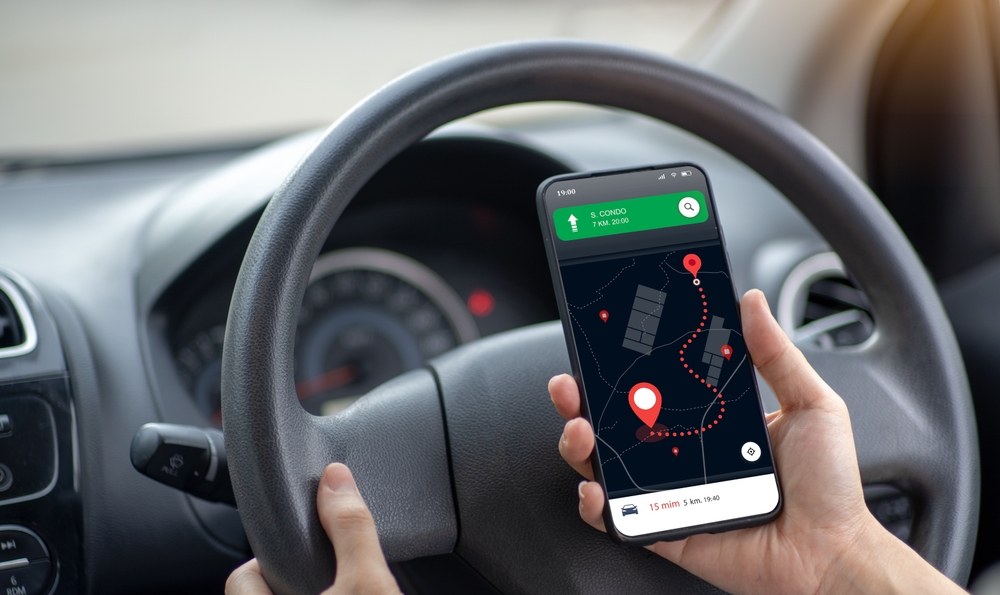Google’s Maps app tapped into a rich mine of everyday traffic data, which holds the key to changing urban mobility. This information, gathered from a wide network of Android devices and in-car navigation systems, offers cities a game-changing possibility to optimize traffic signal timings. Google’s “Project Green Light” is collaborating with cities around the world to reduce stop-and-go traffic and reduce intersection pollution.
AI-powered recommendations for greener travel
Project Green Light is already having a significant influence in 12 locations worldwide, providing traffic signal time recommendations on 70 junctions. These recommendations, which are currently supplied for free, are presented via a user-friendly web interface. The simplicity and efficiency of this idea are what make it so appealing. It connects smoothly with a city’s existing management systems, and recommendations can be implemented in as little as five minutes.
The abundance of data at Google’s disposal is critical to the success of Project Green Light. Typically, city traffic engineers do not have access to such comprehensive and high-quality data. Google’s AI-powered technologies and the expertise of its Research Team are used to create AI models for specific junctions. These models take into account traffic signals and patterns before being built up to include surrounding intersections. This synchronization ensures a smooth flow of traffic, eliminating stops and reducing driver annoyance.
Commuting cleaner
The AI-based technique used by Project Green Light can model and analyze thousands of crossings at the same time, providing a comprehensive perspective of traffic flow throughout a metropolis. The goal of virtually experimenting with traffic scenarios is to provide as many drivers as possible with a “green wave” experience, lowering travel time, fuel consumption, and emissions.
Early studies show the potential for up to a 30 percent reduction in stops and a 10 percent reduction in greenhouse gas emissions at specified junctions, according to the project’s website. While these figures are for individual junctions, they demonstrate the significant impact a project may have when executed on a larger scale.
Cities such as Rio de Janeiro, Seattle, Hamburg, Bangalore, and others are already benefiting from Project Green Light. Because of the variety of cities and driving circumstances, the good impacts of enhanced traffic lights can be experienced across a broad range of urban environments. According to Google, the 70 intersections currently being trialed can potentially impact around 30 million monthly car trips.
“Green Light identified opportunities where we previously had no visibility, and directed engineers to where there were potential benefits in changing signal timings,” says David Atkin, Analysis and Reporting Manager at Transport for Greater Manchester. “This provided valuable insights for our city with 2,400 traffic signals. Both the Green Light and Transport for Greater Manchester teams brought expertise and ideas to the table to improve journeys and reduce emissions.” Project Green Light is about more than simply technology; it’s about collaboration and innovation to make the world a greener, more efficient place.
Check out this video to learn more about this incredible initiative.












